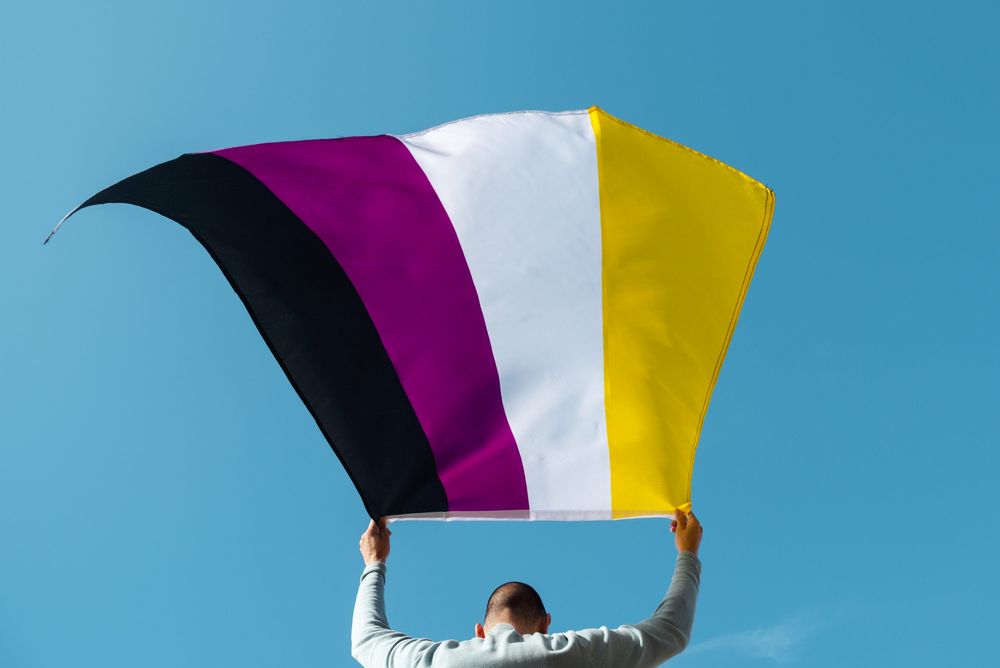Guest Blog: A Short Guide to Non-Binary Gender Inclusion
By Belle Williams
Non-Binary People’s Day, which is celebrated every year on July 14th, raises awareness of the issues faced by non-binary individuals and celebrates the full spectrum of gender diversity and expression. The holiday was first celebrated on July 14, 2012 — a date that falls on the midpoint between International Men’s Day and International Women’s Day — and it has since become a global event.
Before we dive deeper, let’s review some key terms for understanding gender diversity:
- Gender identity is one’s concept of self as a man, woman, both, or neither.
- Gender expression is the external representation of one’s internal gender identity, which can be communicated through behavior, clothing, body characteristics, voice, etc. Gender expression may or may not conform to socially-defined behaviors and characteristics of what is “masculine” or “feminine.”
- People who are non-binary may not identify as exclusively man or woman, may identify as both man and woman, or may fall completely out of gender conformity, identifying as neither man nor woman. It’s important to note that being non-binary is an expression of gender, not sexuality. Non-binary people can identify as any sexual orientation which best fits themselves.
- Genderqueer, gender fluid, agender, and gender non-conforming are a few terms also used by the non-binary community.




